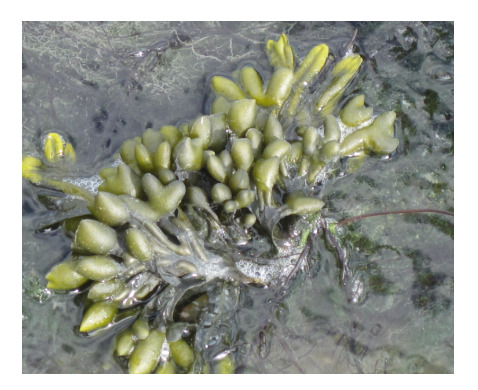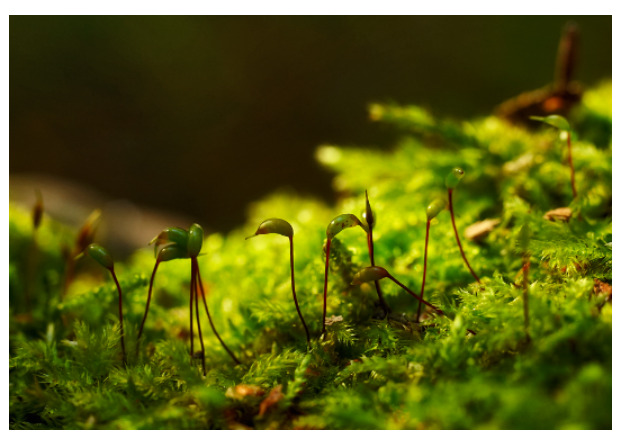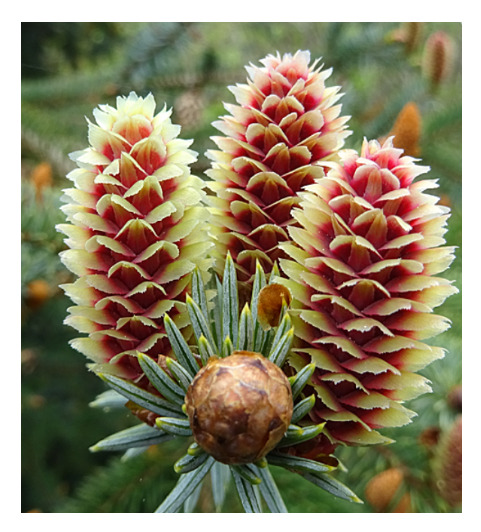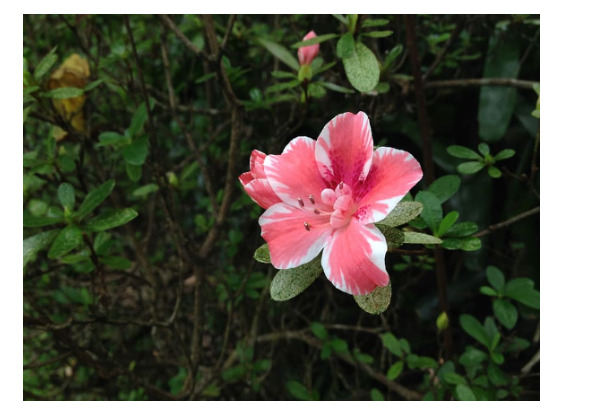Table of Contents
Introduction to Plant Kingdom
The Plant Kingdom, also known as Kingdom Plantae, encompasses a diverse group of organisms that play a crucial role in our ecosystem. Plants are multicellular, photosynthetic organisms that convert sunlight into chemical energy through the process of photosynthesis. They are the primary producers in the food chain, providing oxygen, food, and habitat for numerous organisms. In this article, we will explore the characteristics and classification of the Plant Kingdom.
Kingdom Plantae
The Plant Kingdom comprises a wide range of organisms, including mosses, ferns, conifers, flowering plants, and many others. These organisms share certain fundamental characteristics that distinguish them from other living organisms. Plants are eukaryotic, meaning their cells possess a true nucleus enclosed within a membrane. They also contain specialized organelles called chloroplasts, which house the pigment chlorophyll used in photosynthesis.
Characteristics of Kingdom Plantae
-
Cell Structure
Plant cells have a cellulose cell wall that provides structural support and protection. They also have a large central vacuole that helps maintain cell turgidity.
-
Photosynthesis
Plants are capable of photosynthesis, the process by which they convert sunlight, water, and carbon dioxide into glucose and oxygen. This ability to produce their food sets them apart from other organisms.
-
Alternation of Generations
Plants exhibit a life cycle that involves alternating between two distinct generations: a haploid gametophyte and a diploid sporophyte. The gametophyte produces gametes (reproductive cells), which fuse during fertilization to form the sporophyte.
-
Embryophytes
Plants are embryophytes, meaning they protect and nourish their developing embryos within specialized structures. This adaptation allows them to colonize land successfully.
Cryptogams and Phanerogams are terms used to classify plants based on their reproductive structures and modes of reproduction.
Cryptogams
Cryptogams are a group of plants that do not produce flowers or seeds for reproduction. Instead, they reproduce through spores. The term “cryptogam” means “hidden reproduction,” referring to the inconspicuous nature of their reproductive structures.
Cryptogams include three major divisions: Thallophyta, Bryophyta, and Pteridophyta.
- Thallophyta – Thallophyta comprises plant-like organisms such as algae, lichens, and fungi. These organisms do not have true roots, stems, or leaves. They can be unicellular or multicellular and reproduce through spores.
- Bryophyta – Bryophytes, commonly known as mosses, belong to this division. They are small, non-vascular plants that lack true roots, stems, and leaves. Bryophytes require a moist environment for reproduction, as they depend on water for the transfer of sperm.
- Pteridophyta – Pteridophytes are vascular plants that reproduce through spores. They possess true roots, stems, and leaves. Ferns, horsetails, and clubmosses are examples of pteridophytes. These plants have a well-developed vascular system for the transport of water and nutrients.
Phanerogams
Phanerogams are a group of plants that produce seeds for reproduction. The term “phanerogam” means “visible reproduction,” referring to the visible presence of seeds. Phanerogams can be further divided into two major divisions: Gymnosperms and Angiosperms.
Gymnosperms – Gymnosperms are seed-producing plants with naked seeds, meaning they are not enclosed within fruits. They have well-developed vascular tissues and possess true roots, stems, and leaves. Conifers, cycads, and ginkgoes are prominent examples of gymnosperms.
Angiosperms – Angiosperms, also known as flowering plants, are the most diverse and widespread group of plants. They produce seeds enclosed within fruits. Angiosperms have well-developed vascular tissues and possess true roots, stems, and leaves. They are further classified into monocots and dicots based on the number of cotyledons in their seeds.
Classification of Kingdom Plantae
The Plant Kingdom is classified into several divisions based on their evolutionary characteristics and reproductive strategies.
These divisions include:
- Thallophyta
- Bryophyta
- Pteridophyta
- Gymnosperms
- Angiosperms
Thallophyta

Thallophyta represents the simplest and most primitive plants. They lack true roots, stems, and leaves. Algae, such as green algae, brown algae, and red algae, are included in this division. They are predominantly aquatic and can be either unicellular or multicellular.
Examples: Algae (such as seaweeds) and fungi (such as mushrooms) are examples of thallophytes.
Bryophyta

Bryophytes, commonly known as mosses, are small, non-vascular plants. They lack true roots and have rhizoids for anchorage. Bryophytes require a moist environment for reproduction as they depend on water for the transfer of sperm.
Examples: Mosses, liverworts, and hornworts are examples of bryophytes.
Pteridophyta

Pteridophytes are vascular plants that reproduce through spores. They possess true roots, stems, and leaves. Ferns, horsetails, and clubmosses are examples of pteridophytes. These plants have a well-developed vascular system for the transport of water and nutrients.
Examples: Ferns, horsetails, and clubmosses are examples of pteridophytes.
Gymnosperms

Gymnosperms are seed-producing plants with naked seeds, meaning they are not enclosed within fruits. They have true roots, stems, and leaves. Conifers, cycads, and ginkgoes are prominent examples of gymnosperms.
Examples: Conifers (such as pine, spruce, and fir trees), cycads, and ginkgoes are examples of gymnosperms.
Angiosperms

Angiosperms, also known as flowering plants, are the most diverse and dominant group of plants. They produce seeds enclosed within fruits. Angiosperms have well-developed vascular tissues and possess true roots, stems, and leaves. They are further classified into monocots and dicots based on the number of cotyledons in their seeds.
Examples: Angiosperms include a wide variety of plants, ranging from herbs to shrubs and trees. Examples include roses, sunflowers, oak trees, and wheat.
Introduction to the Classification of Kingdom Plantae
The Kingdom Plantae, also known as the plant kingdom, is one of the major kingdoms in the classification of living organisms. It consists of diverse groups of organisms that are primarily characterized by their ability to photosynthesize, converting sunlight into energy through the process of photosynthesis. Plants play a crucial role in the Earth’s ecosystem, as they are responsible for producing oxygen, providing food, and maintaining ecological balance.
Characteristics of Kingdom Plantae
- Multicellularity: Plants in the Kingdom Plantae are multicellular organisms composed of specialized cells. These cells work together to perform various functions required for growth, development, and reproduction.
- Eukaryotic Cells: Plant cells are eukaryotic, meaning they have a defined nucleus containing their genetic material. They also possess membrane-bound organelles, such as chloroplasts involved in photosynthesis, mitochondria for energy production, and a well-developed endoplasmic reticulum.
- Cell Walls: Plant cells have a rigid cell wall composed mainly of cellulose. This provides structural support and protection to the cells.
- Photosynthesis: Plants are autotrophic organisms that can synthesize their own food through the process of photosynthesis. They use chlorophyll pigments present in their chloroplasts to convert sunlight, carbon dioxide, and water into glucose and oxygen.
- Alternation of Generations: Plants exhibit an alternation of generations life cycle, which involves both a diploid (sporophyte) and a haploid (gametophyte) phase. The sporophyte produces spores that develop into the gametophyte, which in turn produces gametes for sexual reproduction.
In conclusion, the Plant Kingdom, or Kingdom Plantae, comprises a diverse group of multicellular, photosynthetic organisms. These organisms possess unique characteristics such as cell walls, chloroplasts, and the ability to undergo photosynthesis. They are classified into various divisions based on their evolutionary traits and reproductive strategies, including Thallophyta, Bryophyta, Pteridophyta, Gymnosperms, and Angiosperms. Understanding the classification and characteristics of plants allows us to appreciate their vital role in sustaining life on Earth.
FAQs on Plant Kingdom
What are the 2 main plant kingdoms?
The two main plant kingdoms are the Kingdom Plantae and the Kingdom Viridiplantae.
What are the 4 plant divisions?
The four plant divisions are Bryophyta (mosses), Pteridophyta (ferns), Coniferophyta (conifers), and Magnoliophyta (flowering plants).
What are 3 examples of Plantae?
Three examples of Plantae are roses, oak trees, and daisies.
Who discovered the plant kingdom?
The concept of the plant kingdom was introduced by Carl Linnaeus, a Swedish botanist, in the 18th century.
What are the six kingdoms?
The six kingdoms are Animalia, Plantae, Fungi, Protista, Archaea, and Bacteria.
How many types of plants are there?
There are over 390,000 known species of plants, and this number continues to grow as new species are discovered.
What are the 5 plant kingdoms?
The five plant kingdoms are Thallobionta, Bryophyta, Pteridophyta, Gymnospermae, and Angiospermae.
What is the kingdom of the plant?
The kingdom of the plant is Plantae.
What are the 7 plant kingdoms?
There are actually five recognized plant kingdoms: Thallobionta, Bryophyta, Pteridophyta, Gymnospermae, and Angiospermae. The seven-kingdom system is an older classification scheme that included additional kingdoms such as Algae and Fungi, which are now classified separately.









